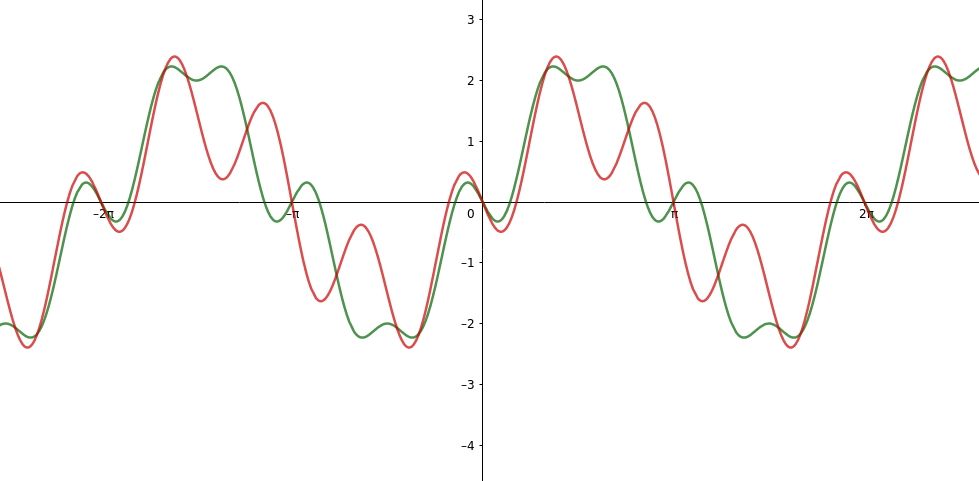A 2021 data sheet from the US National Spinal Cord Injury Statistical Center showed that there are about 17,900 new spinal cord injury (SCI) cases each year. SCI also impacts individuals starting at about the age of 43 on average, from data in 2015. While these statistics certainly just reflect one country out of many, the implications and damage SCI can impart on a patient’s life certainly pays no regard to political borders or racial identity.
As such, medical experts from around the globe have been hard at work researching for ways to aid patients who suffer from SCI and SCI-related ailments. Of particular focus for this discussion is paralysis via partial or complete tetraplegia, the former of which is estimated to affect 47% of US SCI patients.
These statistics may have played a pivotal role in motivations for this recent study by a team of medical experts; what they have achieved in response, however, may make waves that will impact future research in their field for years to come.
The team of scientists from Northwestern University was led by materials science, chemistry, and medicine professor Samuel Stupp, and aimed to illuminate the path towards medicine’s long-term goal of curing paralysis. Now, their new research, published in the journal Science, seems to have made big leaps and bounds towards that aspect.
“There is nothing out there to help spinal cord injury patients, and this is a huge human problem,” according to Stupp.
Stupp and team took advantage of the fact that there exists an extracellular matrix, a three-dimensional network of collagen, proteins, and other crucial biocompounds that provide structural support to nearby cells.
The team took inspiration from this matrix, and instead supplanted the biological network with nanofibers that are some 10,000 times thinner than a human hair. These “fibers” made by Stupp and team are made of peptides, which are also known to function as neurotransmitters that promote nerve generation.
From there, the team proceeded to inject a gel containing the peptide nanofiber matrix into the spinal cords of mice suffering from SCI-related paralysis. It was only weeks later where they realized that mice that were treated with their special gel recovered nearly all of their movement; this stands in comparison to mice that were left untreated throughout the whole experiment.
Analysis of the mice exposed to the treatment showed great improvements in their spinal cords, which enabled the reconnection of neuron extensions called axons and the diminishing of scar tissue. The team also found the regeneration of crucial blood vessels around the area, as well as the restoration of myelin, a protective layer made of axons, alongside the survival of motor neurons.
According to the team, the materials that were otherwise introduced to the body also just biodegrade over time, and become nutrients for nearby cells.
Said Stupp to news source AFP: “The aim of our research was to develop a translatable therapy that could be brought to the clinic to prevent individuals from becoming paralyzed after major trauma or disease.”
The Northwestern scientists hope to have developed the drug enough to approach authorities for human trials as early as 2022; they do, however, recognize that challenges along the road will have to be met before then—one of them being “[…] how the FDA will look at these therapies, because they’re completely new,” according to Stupp.
They do, however, remain hopeful for future progress in their study, seeing as the nervous systems across mammals are “highly similar.”
(For more health news, read on more landmark finds like how brain implants restored a woman’s vision; to read more on new potential medicine, check out Merck’s development of COVID-19 pill molnupiravir.)
References
- Ahmed, I. & AFP. (2021, November 12). In astonishing feat, a new drug reversed paralysis in mice with spinal cord injury. ScienceAlert. https://www.sciencealert.com/new-drug-reversed-paralysis-in-mice-with-spinal-injuries
- Álvarez, Z., Kolberg-Edelbrock, A. N., Sasselli, I. R., Ortega, J. A., Qiu, R., Syrgiannis, Z., Mirau, P. A., Chen, F., Chin, S. M., Weigand, S., Kiskinis, E., & Stupp, S. I. (2021). Bioactive scaffolds with enhanced supramolecular motion promote recovery from spinal cord injury. Science, 374(6569), 848–856. https://doi.org/10.1126/science.abh3602
- National Spinal Cord Injury Statistical Center, Facts and Figures at a Glance. Birmingham, AL: University of Alabama at Birmingham, 2021.











